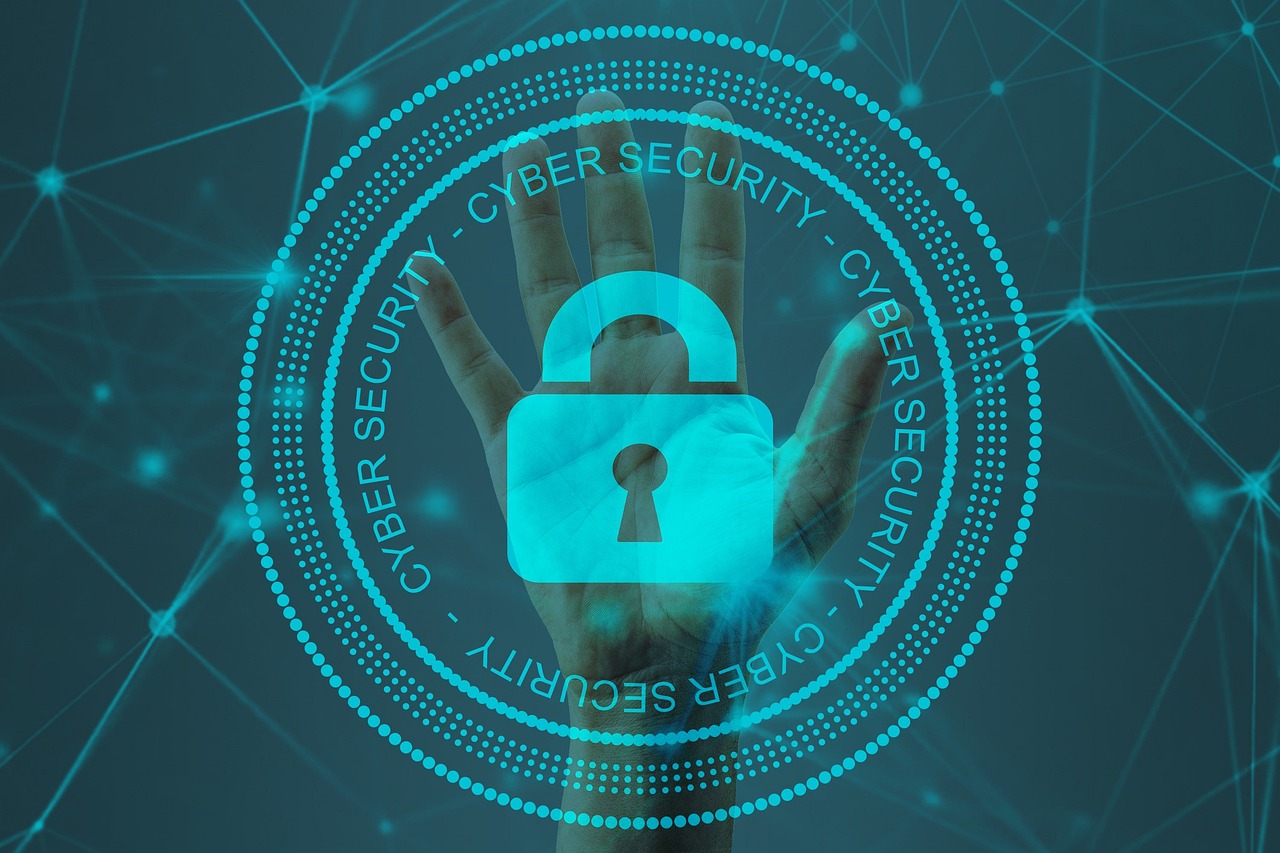
In today’s digital era, cybersecurity transcends mere IT concerns to become a cornerstone of organizational integrity. The evolution of cyber threats demands that organizations not just react but proactively manage these risks. Here lies the critical part of internal audit, a strategic ally in fortifying an organization’s cyber defenses. Here we explore the multifaceted importance of internal audit, emphasizing its indispensability in crafting a resilient cybersecurity posture.
The internal audit function bridges long-term objectives with operational cybersecurity risks, ensuring alignment with business goals. Using methodologies like NIST’s Cybersecurity Framework and ISO 27005, auditors pinpoint vulnerabilities and threats, from malware and ransomware to insider risks. A case in point is discovering outdated firewall configurations vulnerable to SQL injection attacks, where cybercriminals manipulate databases via malicious SQL statements. This highlights a specific security flaw and emphasizes the need for strategic cybersecurity realignment.
Effective cybersecurity governance ensures consistent management of cyber risks. Internal auditors evaluate governance structures against standards like COBIT or ISO/IEC 27001, focusing on roles, responsibilities, and policy adherence. A practical example is assessing whether the organization’s cybersecurity policy includes provisions for regular updates in response to emerging threats, such as zero-day vulnerabilities, and whether these policies are communicated effectively across the organization.
Control Environment Assessment
Auditing the control environment involves a deep dive into technical and administrative controls. This could include evaluating encryption protocols to safeguard data in transit and at rest, ensuring that AES 256-bit encryption is used for sensitive data. It also involves reviewing access controls, such as the implementation of the principle of least privilege and multi-factor authentication (MFA) to mitigate unauthorized access risks. An audit might uncover that critical systems are accessible via weak or reused passwords, flagging this for immediate remediation.
Compliance and Regulatory Assurance
The internal audit function is paramount in verifying adherence to a myriad of laws and standards governing data protection, security, and fraud detection. This includes rigorous compliance with regulations such as the GDPR and the Sarbanes-Oxley Act. While the former is focused on data protection, the latter emphasizes integrity in financial reporting through comprehensive cybersecurity measures. A nuanced area where internal audit increasingly asserts its value is in the assessment of rules-based fraud detection systems. These are critical in identifying and mitigating fraudulent activities that could compromise financial integrity and data security.
A targeted audit might plunge deep into the organization’s deployment of rules-based fraud detection mechanisms. Auditors may evaluate the set parameters set for detecting anomalies in financial transactions, such as unexpected large transfers or unusual patterns of behavior.
Incident Response and Crisis Management Evaluation
The internal audit function critically evaluates the organization’s readiness to handle cyber incidents through scenario-based testing of incident response plans. This involves reviewing the procedures for incident detection, analysis, containment, eradication, and recovery. A specific example could involve a tabletop exercise simulating a phishing attack leading to data exfiltration. This tests the organization’s response in real time and provides actionable feedback to enhance response strategies.
As cyber threats evolve, so must cybersecurity strategies. Internal audit is critical in ensuring the organization’s defenses remain current. This includes assessing the adoption of sophisticated technologies, such as artificial intelligence and machine learning for predictive threat analysis. These help evaluate the implementation of AI-driven security information and event management systems that analyze threat patterns and predict potential breaches before they occur.
Auditing Techniques and Tools
Internal auditors employ various technical tools and techniques to assess cybersecurity readiness. Tools such as Nessus or Qualys can be used for vulnerability scanning. These identify weaknesses in the system before attackers can exploit them. In addition, penetration testing tools like Metasploit or Kali Linux are used in ethical hacking exercises to test the resilience of network defenses against simulated attacks.
Consider a real-world scenario where an internal audit identifies a lack of segmentation in an organization’s network. The latter could allow lateral movement by attackers. Following the audit recommendation, the organization can implement network segmentation using VLANs (Virtual Local Area Networks), significantly reducing the attack surface.
Another example is an audit that reveals employees were unknowingly using a compromised third-party SaaS application, risking data leakage. The audit led to a comprehensive review of third-party vendor security practices and the implementation of stricter vendor management policies These include regular security assessments and audits of all third-party providers.
Partnering in Defense
In the digital age, the internal audit function is a crucial partner in cybersecurity. Through rigorous risk assessments, governance reviews, control evaluations, compliance checks, and continuous adaptation, internal audit ensures that cybersecurity measures are robust and dynamically aligned with evolving threats and business objectives.
By integrating technical expertise with a deep understanding of the organization’s strategic vision, internal audit can orchestrate a powerful defense. This protects digital assets, ensures regulatory compliance, and maintains stakeholder trust. The journey towards cybersecurity resilience is ongoing, and internal audit is at the forefront, guiding organizations with expertise, foresight, and unwavering vigilance. ![]()
Edrian Blasquino is a college instructor. He channels his passion for teaching and writing into crafting engaging content across diverse subjects, eager to explore his creative side through content writing as a hobby.

